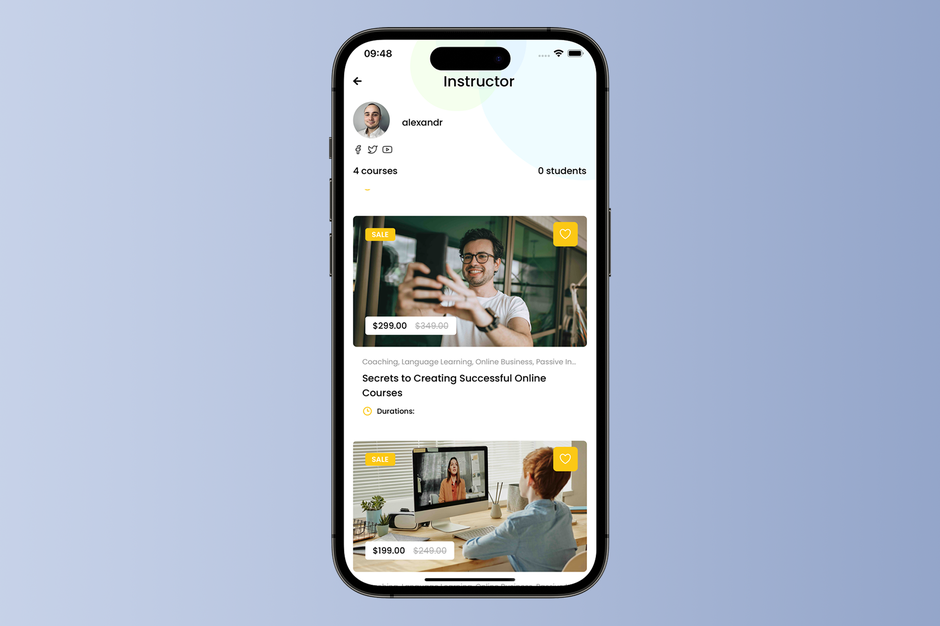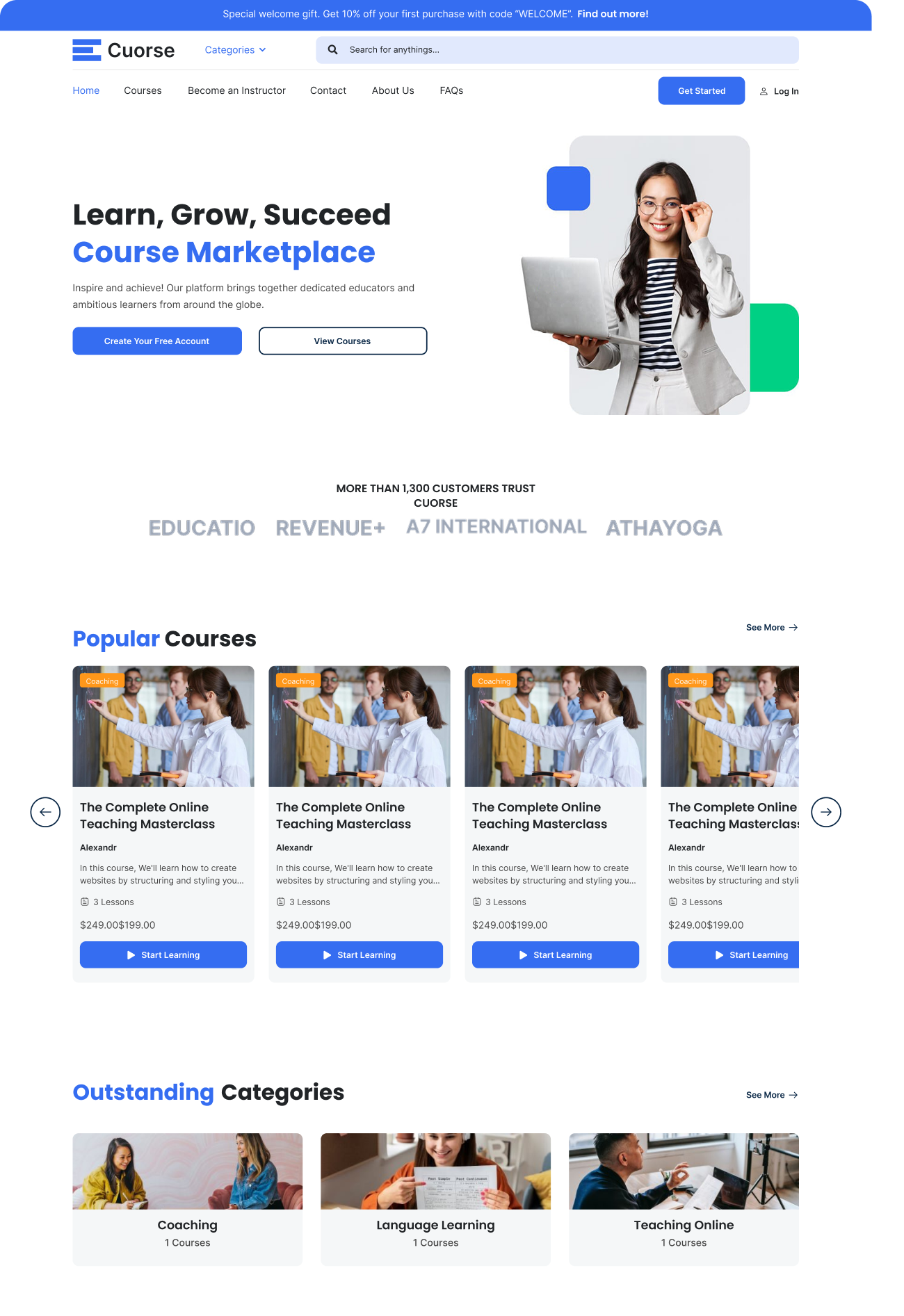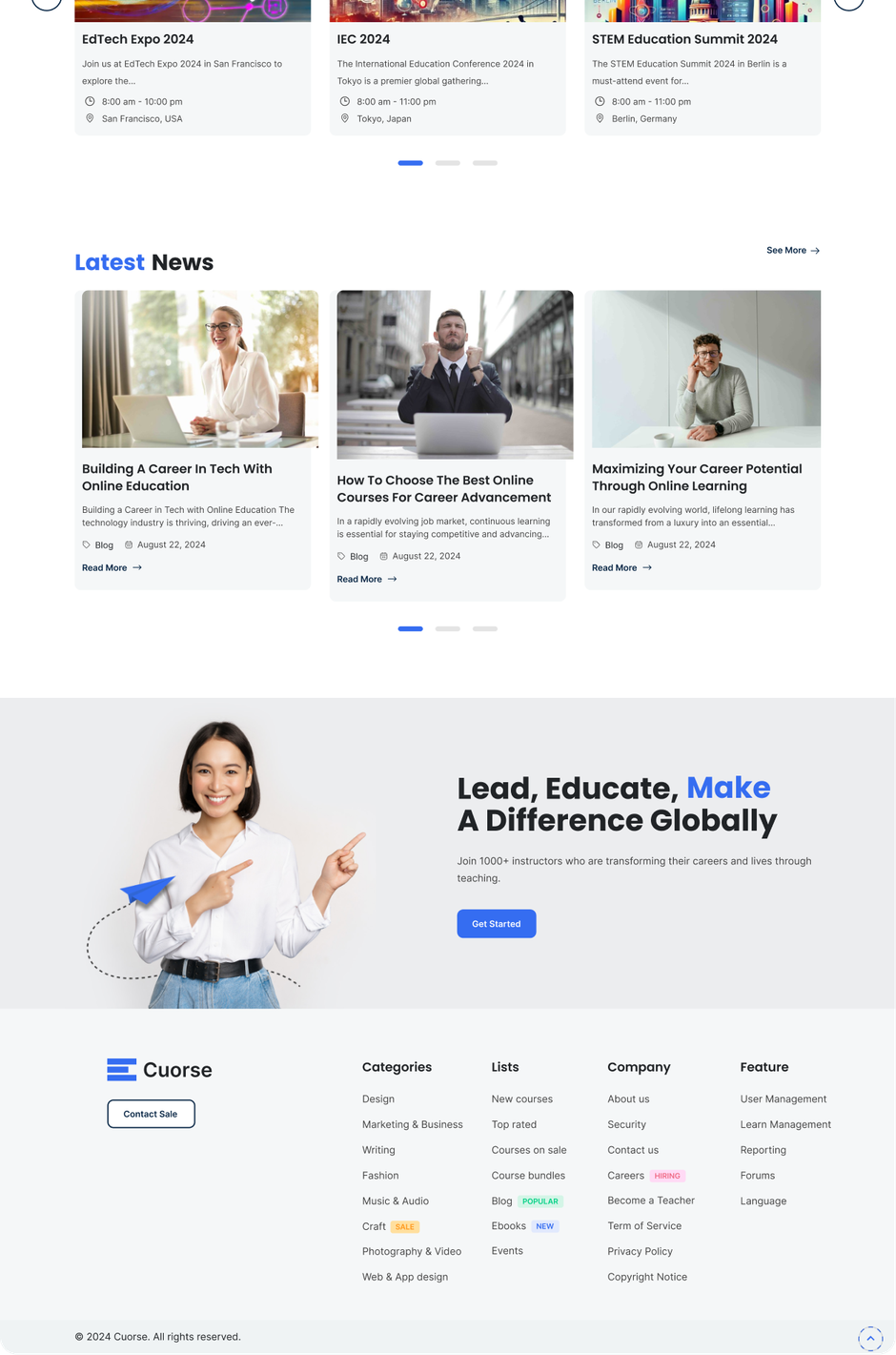Cuorse — Scalable Learning Management System
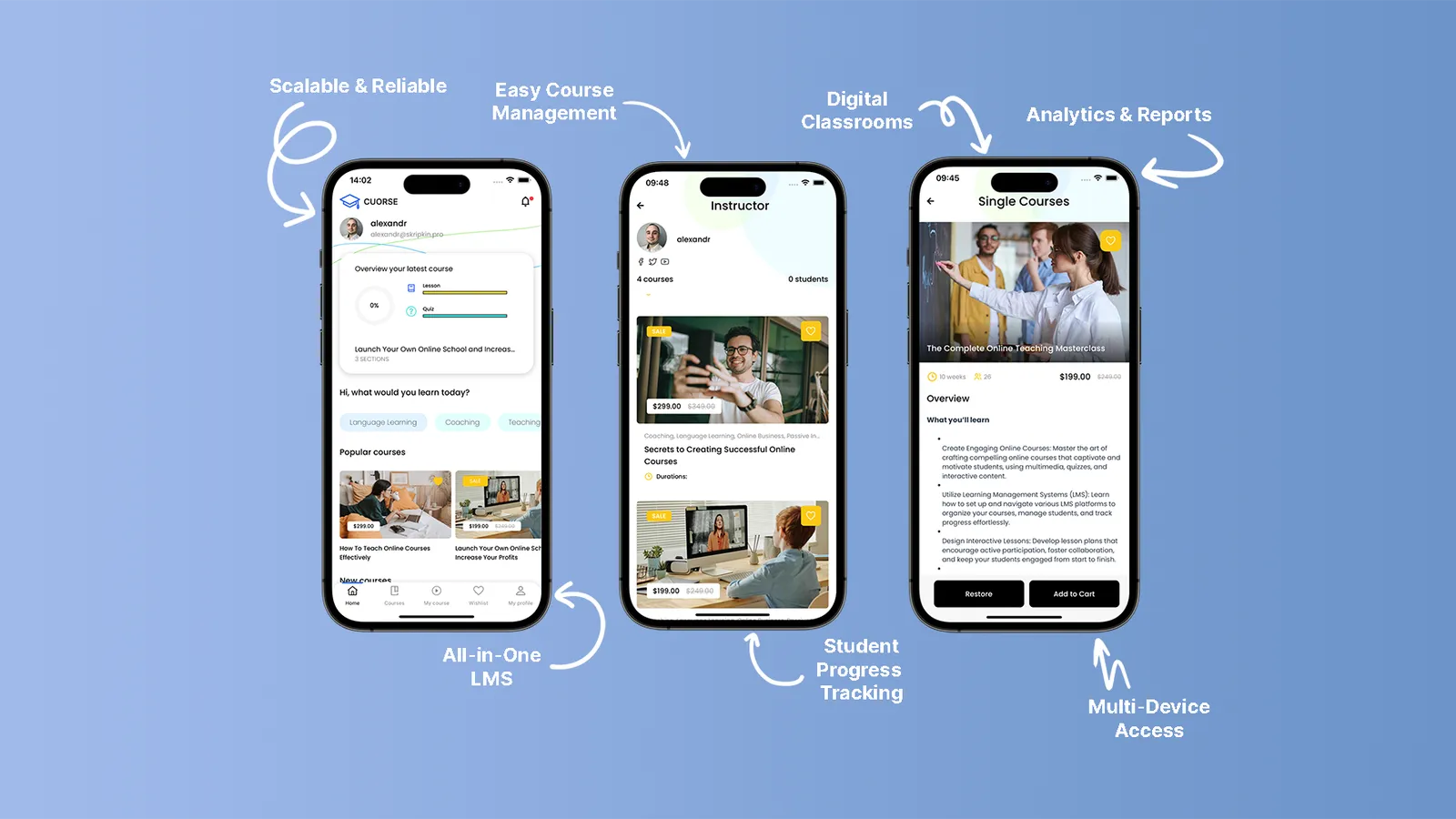
Cuorse — Scalable Learning Management System
Education at scale requires platforms that are flexible, reliable, and engaging. Cuorse is a modular LMS built to support schools, universities, and enterprises with thousands of learners — all while keeping administration simple and outcomes measurable.
A7 designed and delivered a future-ready LMS that combines adaptive learning paths, real-time progress tracking, and secure certification workflows. With responsive design and seamless integrations, the platform ensures educators can focus on teaching while institutions gain transparency, compliance, and scalability.
Our Contribution
A7 led the end-to-end development of the LMS, delivering:
- Course architecture & role-based models for students, instructors, and administrators
- Progress tracking & assignments with grading workflows and notifications
- Responsive web interface optimized for both learners and educators
- Admin panel for school managers and training providers
- Backend services & APIs ensuring smooth integration with institutional systems
Results
The platform enabled the client to:
- Support 10,000+ concurrent learners without performance issues → Seamlessly supported 10,000+ concurrent learners at peak loads
- Boost engagement through gamified progress and achievements → Increased learner engagement by 80% with gamified progress tracking
- Simplify administration with scalable bulk-management tools → Reduced admin workload by automating bulk-management processes
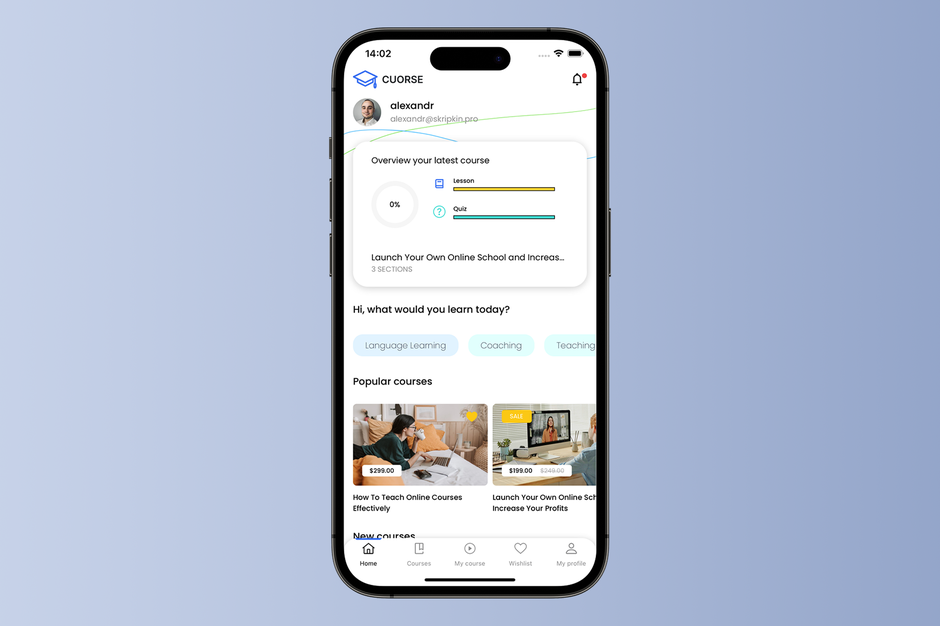
Steps to Realize the Project
Business Analysis & Requirements Gathering
Workshops with administrators, teachers, and IT leads defined scope, user personas, course flows, and compliance expectations.
UX Design for Key Roles
Tailored experiences for:
- Students — simple navigation, progress tracking, and deadlines
- Instructors — publishing, grading, and learner communication
- Admins — configuration, approvals, and analytics dashboards
Development & Architecture
- Frontend built with a modern JS framework for responsiveness
- Backend with REST APIs and microservice architecture
- Secure authentication with optional MFA
- Content versioning for seamless material updates
Testing & QA
Validated progress tracking, assessments, and UI responsiveness under real-world conditions.
Deployment & Integration
Deployed to cloud infrastructure with support for SIS, email/calendar platforms, and single sign-on (SSO).
Ongoing Support & Expansion
Post-launch updates included gamification, live sessions, hybrid classrooms, and multilingual support.
